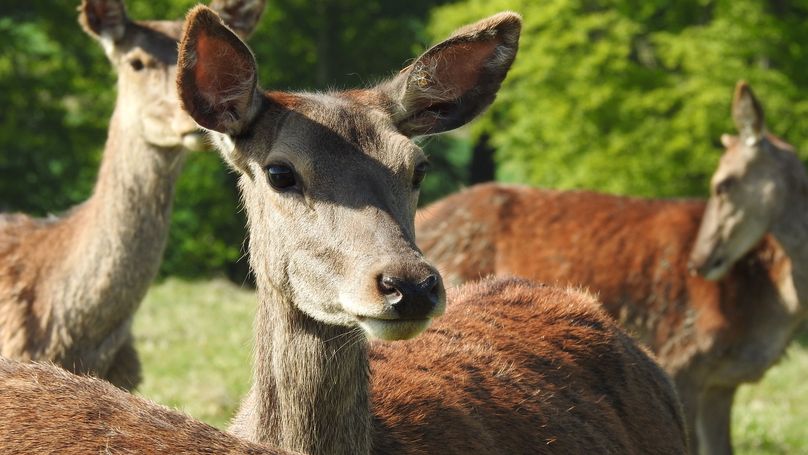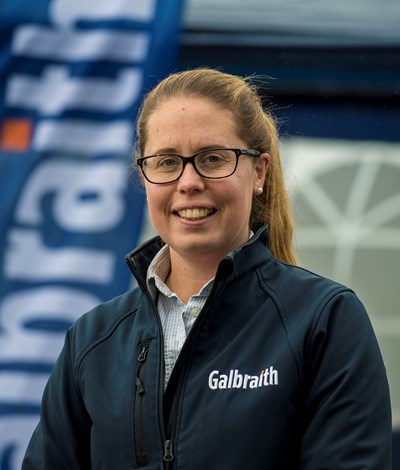Rachel Russell is a Galbraith associate based in cupar, but, as well as being a chartered surveyor, she keeps busy away from the office as a partner in a deer farming business.
She and her husband Fergus started east Fife Venison in 2017. Now in its fourth year, the business is gaining momentum in an industry that is flourishing throughout scotland. Here rachel answers some questions about the business:
Why red deer?
It’s something different! We have always had an interest in deer and the venison market has been growing significantly in the last 10 years. We had the opportunity to make use of some marginal land at home, so farming red deer was the obvious option for us.
A large proportion of venison sold in supermarkets throughout the uK continues to be imported from New Zealand, where deer farming has long been part of their farming sector.
It may seem surprising given the number of red deer that are culled throughout the scottish Highlands and the ever-increasing interest in reducing food miles, but wild venison doesn’t offer the same consistent product to the consumer as farmed venison.
Venison also offers a healthier alternative to other red meats as it is naturally lean, low in cholesterol and high in vitamins and minerals.
What’s your aim?
The purpose of our business is to give our farmed deer the best conditions in which to breed and grow while producing high quality breeding stock and venison for the consumer. We now have 85 breeding hinds which spend most of the year outside grazing on a mixture of improved and rough grassland.
There is plenty of cover to provide shelter as well as ponds and wallows to play in, all of which help to ensure a happy and healthy herd.
The calves are at foot until early autumn when the rut starts, at which point they are weaned and housed inside for the winter months. In doing this, we are able to ensure they are given optimum conditions to develop and grow before being turned back out in early spring.
Our animals either enter the food chain at around 18 months of age or are sold as breeding stock to other deer farmers.
We aim to manage our herd to the highest standards, with welfare, carcass quality and sustainability being our key objectives. Our herd and produce have quality assured status and all of our animals are entered into a tailored health plan in order to maintain the highest health and welfare standards.
Challenges?
Deer are inherently wild! Two meter high fencing and purpose-built handling facilities are key for safe stock management. Although the deer maintain a wild instinct, they are inquisitive and intelligent animals and this makes them fun to be around. Through day-to-day stock management,you get to know their individual characters and can slowly earn their trust, which is very rewarding for us.
Like any new business, start-up cost for fencing and handling facilities takes some financial management, but we’re now starting to see the benefits of our initial investment as we enter into another year of the business.
How do you find the time?
We’re fortunate in that we are in the business together. The stock are checked at least once a day when they are outside, and the hinds, stags,yearlings and calves are fed twice a day when they are in the shed over winter months and we both fit this in around our day jobs.
The cyclical nature of caring for stock from birth and striving to maintain optimum condition in the breeding herd is hugely rewarding. It’s also so different from our day jobs, which makes it feel less like a second job and more like a hobby!

